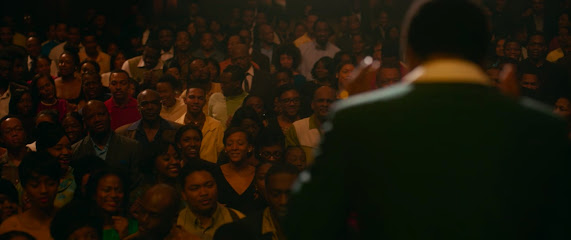"Send in the Clowns" is Sondheim's most famous song, one that has been sung more times than any of us can count (including many times by Dame Judi Dench, pictured above). It comes from his 1973 musical A LITTLE NIGHT MUSIC, with book by Hugh Wheeler.
The Set Up: Although it doesn't occur (at first) in the 11 o'clock number slot, "Clowns" really is that number. The musical tells the story of a late middle aged man Fredrik married to a much younger woman Anne who struggles to be honest about that he's way too old for Anne and in fact that he still really loves his ex Desiree.
Desiree sings "Clowns" in Act II after Fredrik reveals that while he loves her, he won't leave Anne. It's basically a chance for her to grieve over the fact that she still loves him.
The Performance: I'd like to show you a version of the song happening in the course of the musical rather than as a concert performance, which takes the moment out of any sense of story.
But I couldn't find a good in-show version. So I've given you the next best thing, Bernadette Peters performing the song accompanied by Sondheim himself.
The Storytelling:
1) The Power of a Great Log Line
There's nothing so satisfying either for writer or audience as a turn of phrase that perfectly captures a moment or a character. Nothing quite so useful, either: at one and the same time a phrase like that becomes a shorthand that people will remember, and it plants a seed that slowly flowers in our hearts after we've read it.
"Send in the Clowns" is one of the greats in this regard. In just four words the phrase captures exactly the wistful,"What a fool am I" feelings in Desiree at this point. And each successive reference back to it only seems to lend the moment more power.
To find these kinds of perfect word choices is very much a "final polish" kind of activity, which means they often get overlooked. But the rewards of finding just the right words to capture a moment can be truly great.
(Fun fact: Sondheim didn't even come up with "Clowns" until they were about to start out of town previews.)
2) Don't Be Afraid to Wait for More
When I was rewatching the performance I was surprised to discover that it ends a verse later than I remembered. Having asked again and again for someone to send in the clowns, the punchline of the song would seem to be "Don't bother, they're here" aka, Oh wait, it's us, we're the messy ones here.
The song could have ended well on that note of self-realization and recrimination. But Sondheim comes back with one last verse, where the clowns themselves are no longer showing up. "Oh well, maybe next year," Desiree sings.
You wouldn't think the song could get sadder than the realization of one's foolishness, but in fact being abandoned and alone leaves us feeling far worse.
For me that last verse is a great reminder that no matter how convinced I may be that I know where a scene or episode should land, that it's worth exploring what happens if you take the scene a further moment or beat. Maybe we discover we were right, the scene should end back there. But sometimes maybe we discover that in fact there's a whole layer of character and emotion waiting.
NEXT WEEK: FX's great show POSE returns on Sunday, May 2nd. Next week I'm going to look at some of my favorite episodes from the first two seasons. It's such a tremendous show...





















